Having hobbies is what in many cases keeps us sane. It gives us a chance to relax and enjoy ourselves doing things that make us happy and help to forget how monotonous the real world can be. I have always been someone who has had many hobbies and they often seem to go in a cycle. Sometimes certain hobbies will be more important than others and then it will flip back again, oftentimes depending on my mood or even what time of year it is.
I have kept tarantulas since 1979 and have always had an interest in entomology. Growing up I would collect insects, mostly butterflies and moths, and I would pin them into display cases. As conservation became more important to me, so did the importance of insects being able to live out their lives in the wild. I decided that instead of capturing and displaying dead insects, I would switch and capture them on film instead. This is how my photography hobby began.
Tarantulas make amazing subjects for photos. Their brilliant colors and markings are just one of the many aspects of a tarantula’s body that makes them fascinating subjects. Macro photography is one way to capture these things.
There are two ways to do macro photography. One, you can take a normal picture with a normal lens and then zoom in on what interests you in editing. This will often work fine with the only draw back being that you lose some of the details the more you zoom in. The other is with a macro lens. Though they can be expensive they really are worth the money. With this lens you can get very close to the subject and manually focus on what you want to capture. Even if you have to zoom in more while editing, you will lose less of the detail as you will already be very close.
The only drawback that I found to using a macro lens is getting your subject to stay still while you are trying to take their picture. In the wild this is almost impossible as most insects and spiders have a natural instinct to run or fly away if we get too close. With captive bred animals though it’s a little different. They do tend to be calmer, making close up picture-taking easier. As with all wildlife photography, patience is a must!
What follows, and throughout this entry, are a series I recently did while feeding my tarantulas. I found feeding time to be one of the best times for photography as once they capture something to eat, they tend to stay in the same spot as they enjoy their meal. Now it is time for you to enjoy the rest of the pictures!
 Phormictopus cancerides (juvenile)
Phormictopus cancerides (juvenile)
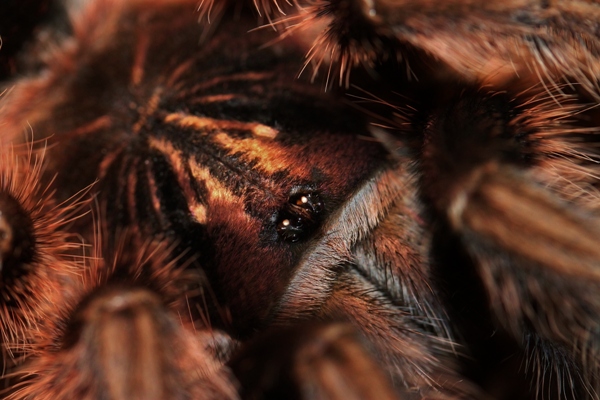 Phormictopus cancerides (adult)
Phormictopus cancerides (adult)
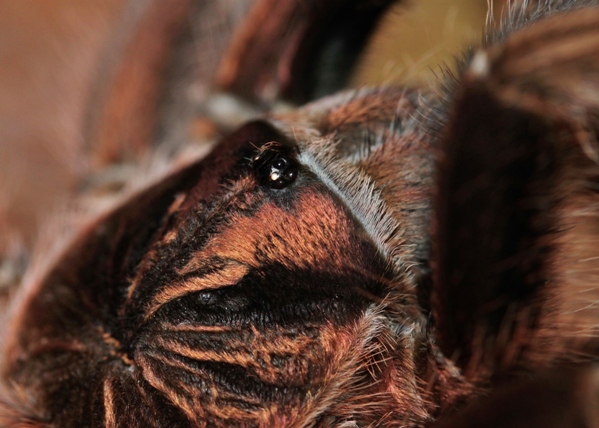 Phormictopus cancerides (adult)
Phormictopus cancerides (adult)
 Phormictopus cancerides (juvenile)
Phormictopus cancerides (juvenile)

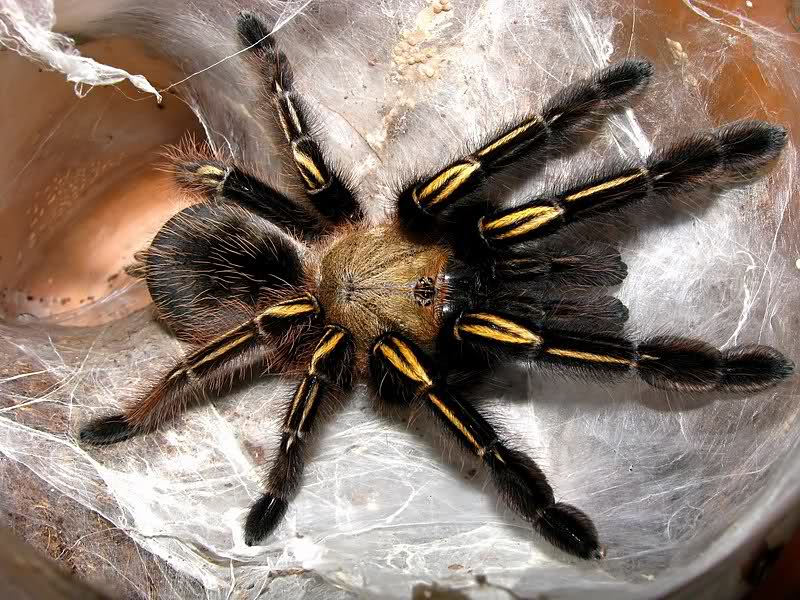

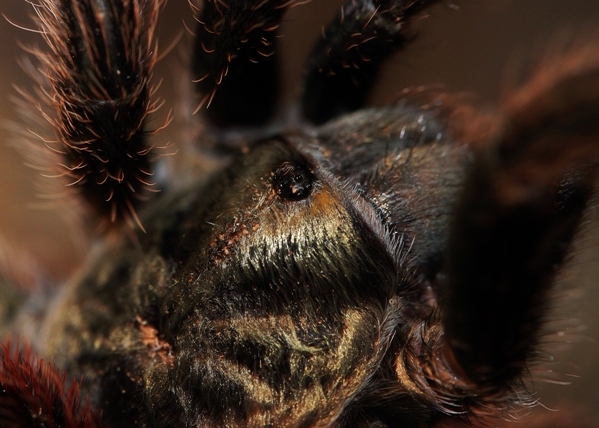

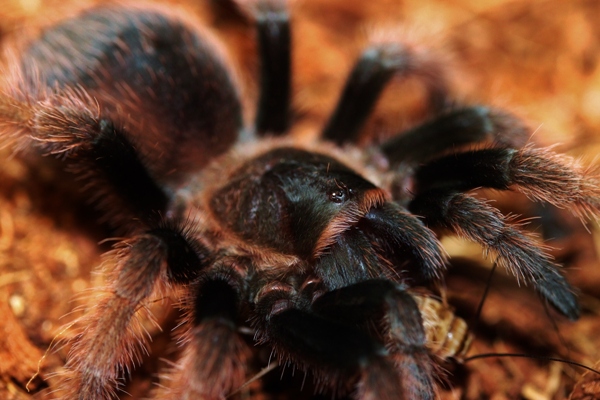
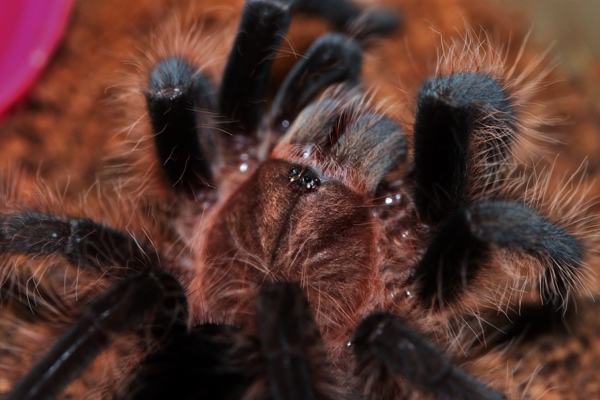



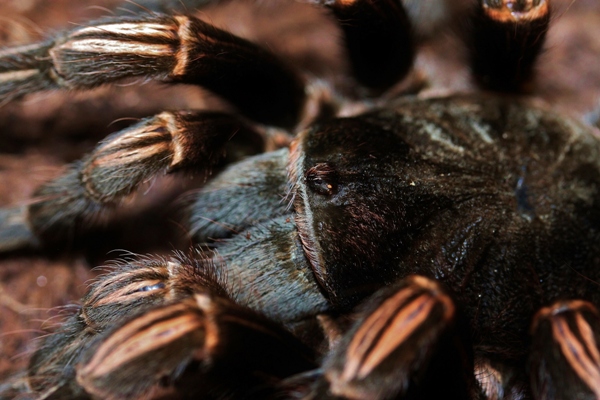
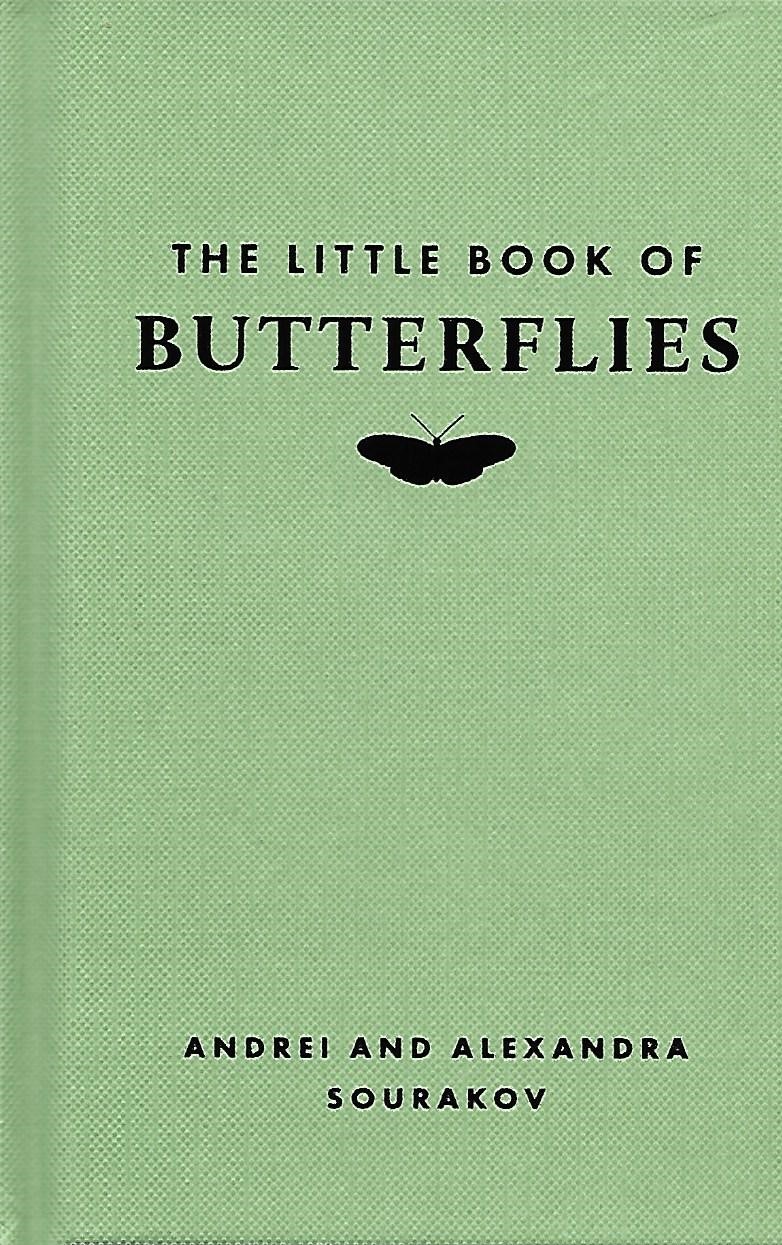
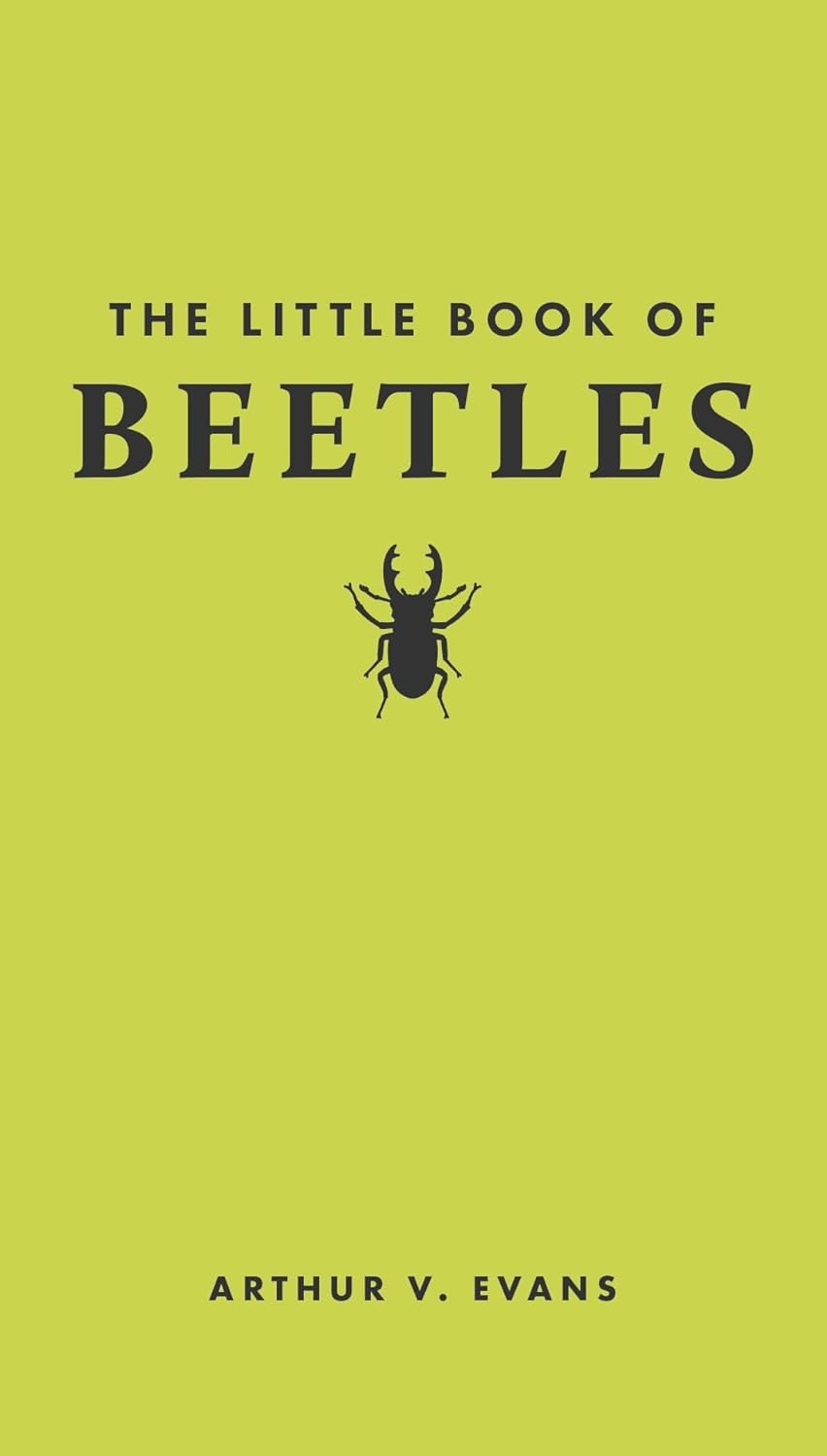
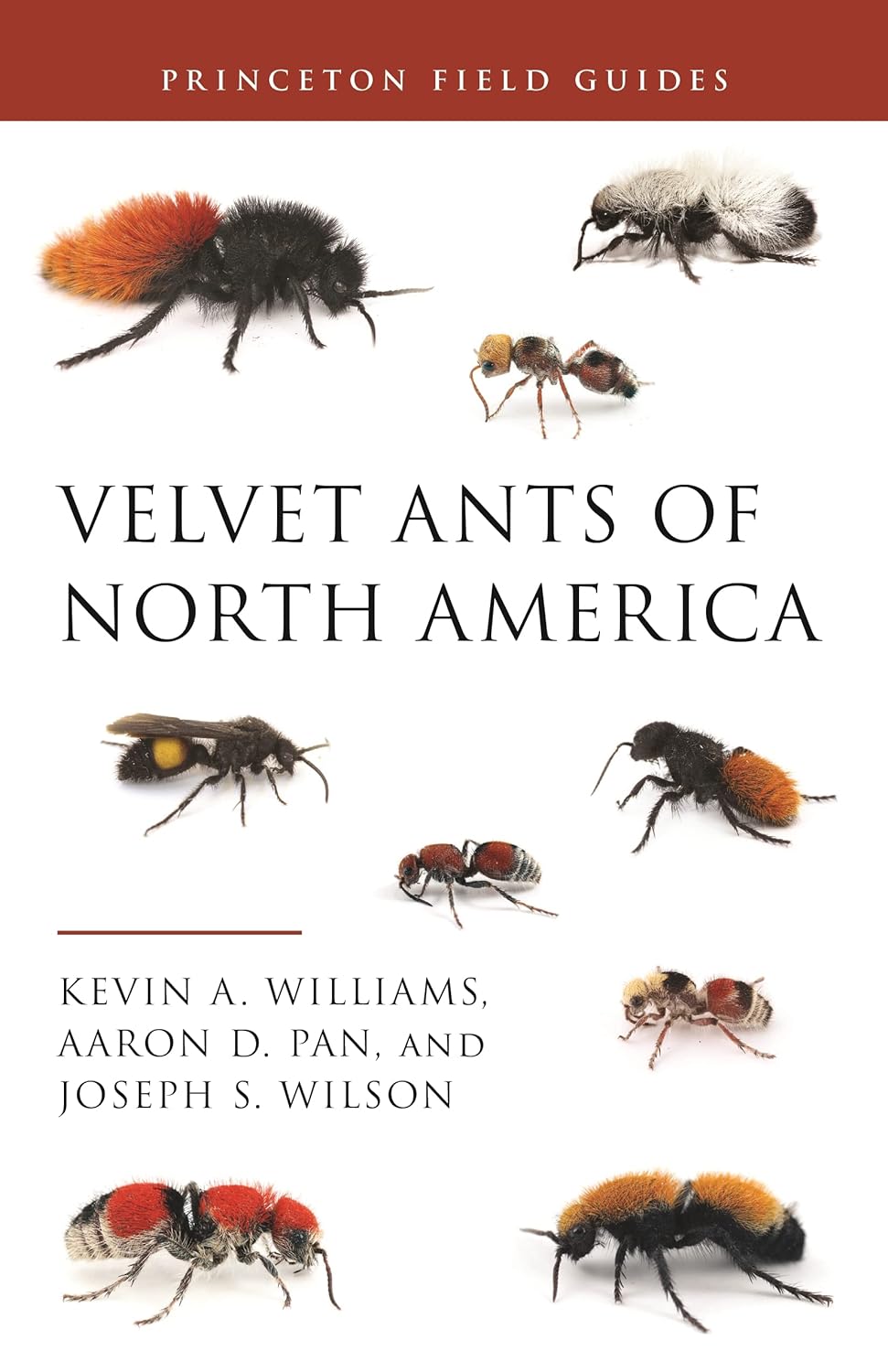
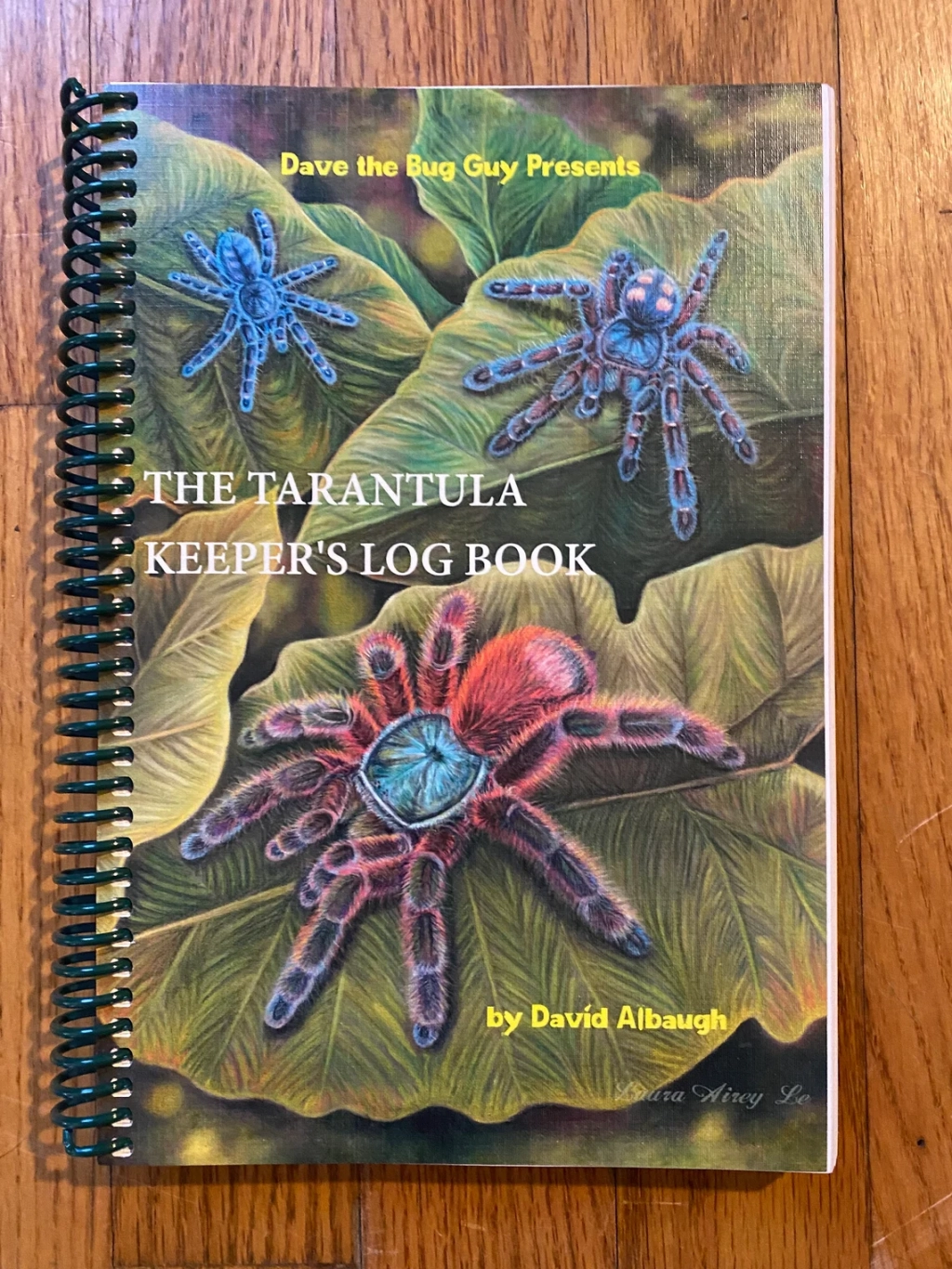
Leave a comment